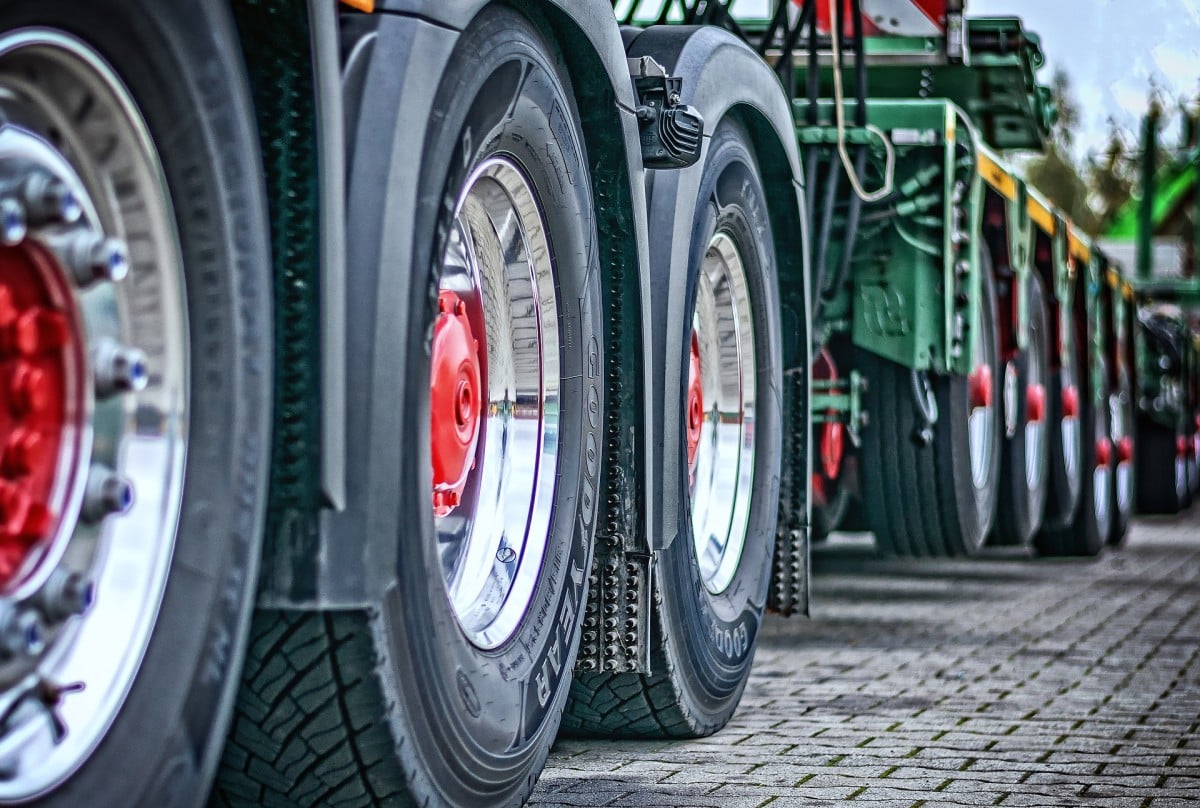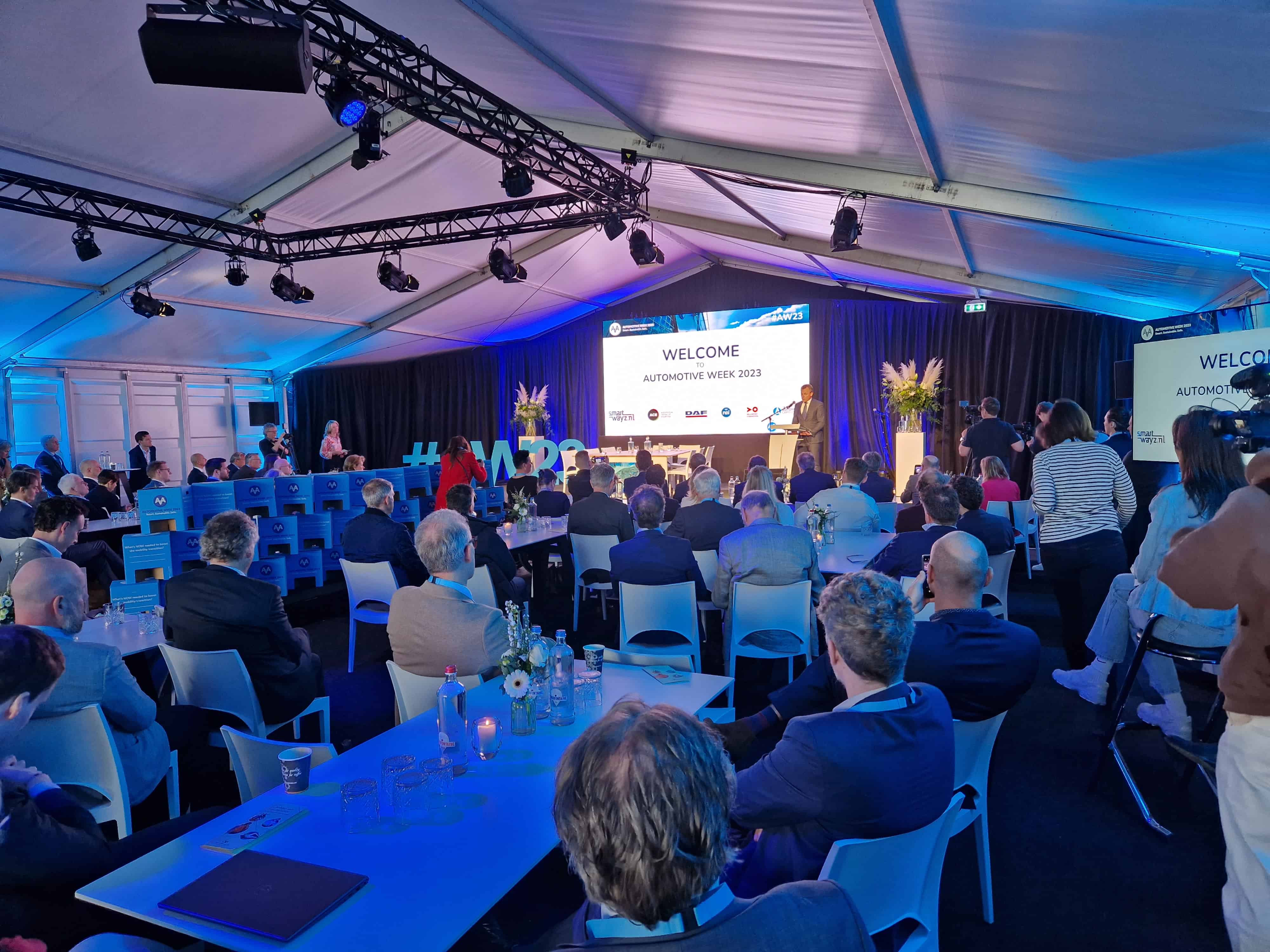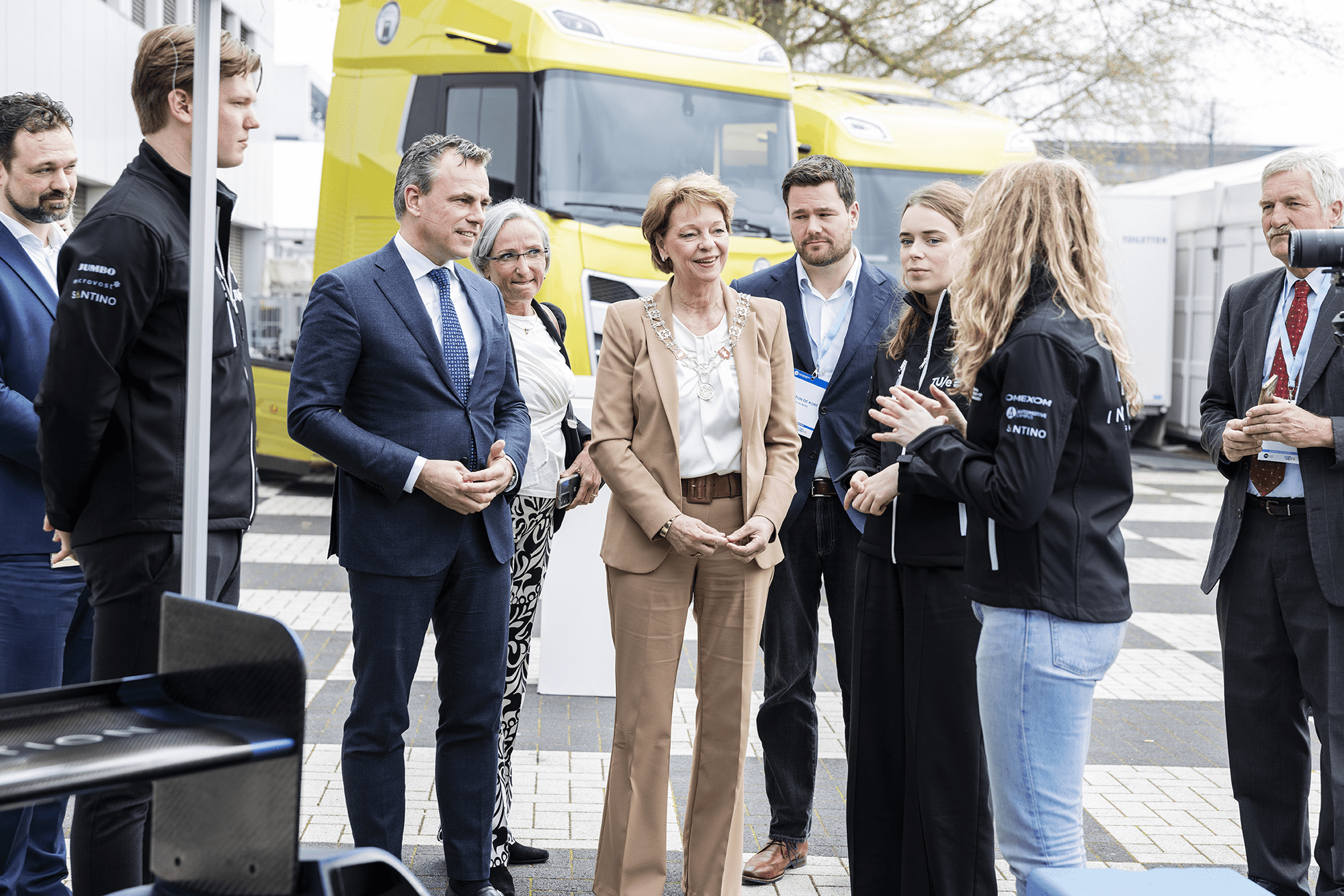
As a celebration of its 10th anniversary, Automotive Campus Helmond, together with TNO, is organising the mobility debate “Realistic Routes to Paris”. In this debate, on 3 December, prominent guests from politics, science and the mobility industry will discuss a realistic way to achieve the Paris agreements, without bringing society to a full stop. The themes in the debate are passenger transport and Heavy-Duty. In two episodes, we look ahead to the discussion. Today: Jan Ebbing on the challenges of heavy-duty transport.
Electrification, fuel cells, hybrid: even in heavy-duty transport such as long-distance trucks and buses, all options are still open. Electricity seems a logical choice for urban distribution, but when can we also drive electrically across the continent, or will sustainable alternative fuels bring the solution? Diesel seems untouchable for the time being, but below the surface, there is already a lot of thinking about new infrastructure and production capacity.
For Jan Ebbing, programme manager at TNO, one thing is clear: “We have to reduce CO2 emissions, that’s a given and so our debate on 3 December will not deal with that question. What matters is whether, within that debate, there is sufficient attention for heavy-duty and how we can do something about it. The government has plenty of ideas about passenger transport, but does this also apply to bus and freight transport? That’s where it’s really different.”
In the case of passenger transport, the focus is now to a large extent on electric vehicles, while in the case of heavy-duty the focus is more nuanced. Ebbing: “There are certainly also people promoting e-trucks, but across the industry, there is a lot of scepticism as well. The transport sector’s problem is that rates are dominating the debate: margins are small; a truck that has to stand still for more than 10 minutes to refuel immediately puts the business at risk because another transporter can do it faster. Even with fast charging, electric driving becomes difficult for certain applications for that reason alone.”
Could a hybrid solution then offer a solution? Electric would suffice for the cities but beyond the city limits, we could simply keep using the traditional combustion engine. “That would partly solve the problem,” says Ebbing. “Of course, long stretches on diesel are not optimal. In addition to becoming hybrid, we will also have to look at dual fuel, diesel mixed with a biofuel, for example.” But also hydrogen gas is not unthinkable, according to Ebbing. “Natural gas can achieve a 20% reduction in your CO2 emissions, which is a serious option in the transition.”
By the way, Ebbing nuances that the bad image of diesel is no longer always justified. “Certainly not when it comes to clean air in cities. If you drive through the ‘dirty’ city with the most modern diesels, you are in fact purifying the air, that’s how clean it is now. But that doesn’t solve the CO2 problem, of course. Hence the idea of using dual-fuel to make a relatively quick impact.”
And then there is hydrogen, of course: the fuel that seems to offer a more logical solution for heavy-duty – trucks and buses, but also shipping – than for passenger transport. “Indeed, hydrogen fuel cells can easily be imagined for trucks. But that does not happen by itself. How, for example, are we going to transport hydrogen to the filling stations? It is a substance that is stored under high pressure, which requires a lot of logistics. Not every pump will be able to produce its own sustainable hydrogen.”
In short, no clear route has yet been determined for 2030, let alone 2050. But for Ebbing this does not mean that we can’t do anything. “There are still many hurdles to be overcome before we have the final solution. You can sit on your hands, but you don’t want to, because then you won’t reach the targets. What’s more: every year that we don’t achieve the CO2 reduction, the challenge for the following years will become even greater!”
Ebbing says there are steps to be taken in the short and long term. In the short term, he is thinking about making engines more efficient and also using low carbon and sustainable fuels. “The development of the hydrogen engine could really get a big boost. This should be able to produce results in a few years’ time, and we could also make a contribution to this at TNO. Only then – in parallel with this development – new choices regarding the storage of hydrogen will also be needed.”
For the long term, Ebbing is thinking of completely new engines. “Unfortunately they are still in the process of being designed. The government will also have to play a role here in order to stimulate this development.” This is also an opportunity for the Netherlands as a country. All in all, it is a complex puzzle, but, as Ebbing warns, “that should not lead us into a stalemate. We don’t know the outcome in 25 years’ time, but we do know that we have to spend the time we have left as best we can.”
Look here at the participants in this part of the debate. Tickets are still available: subscribe here.







